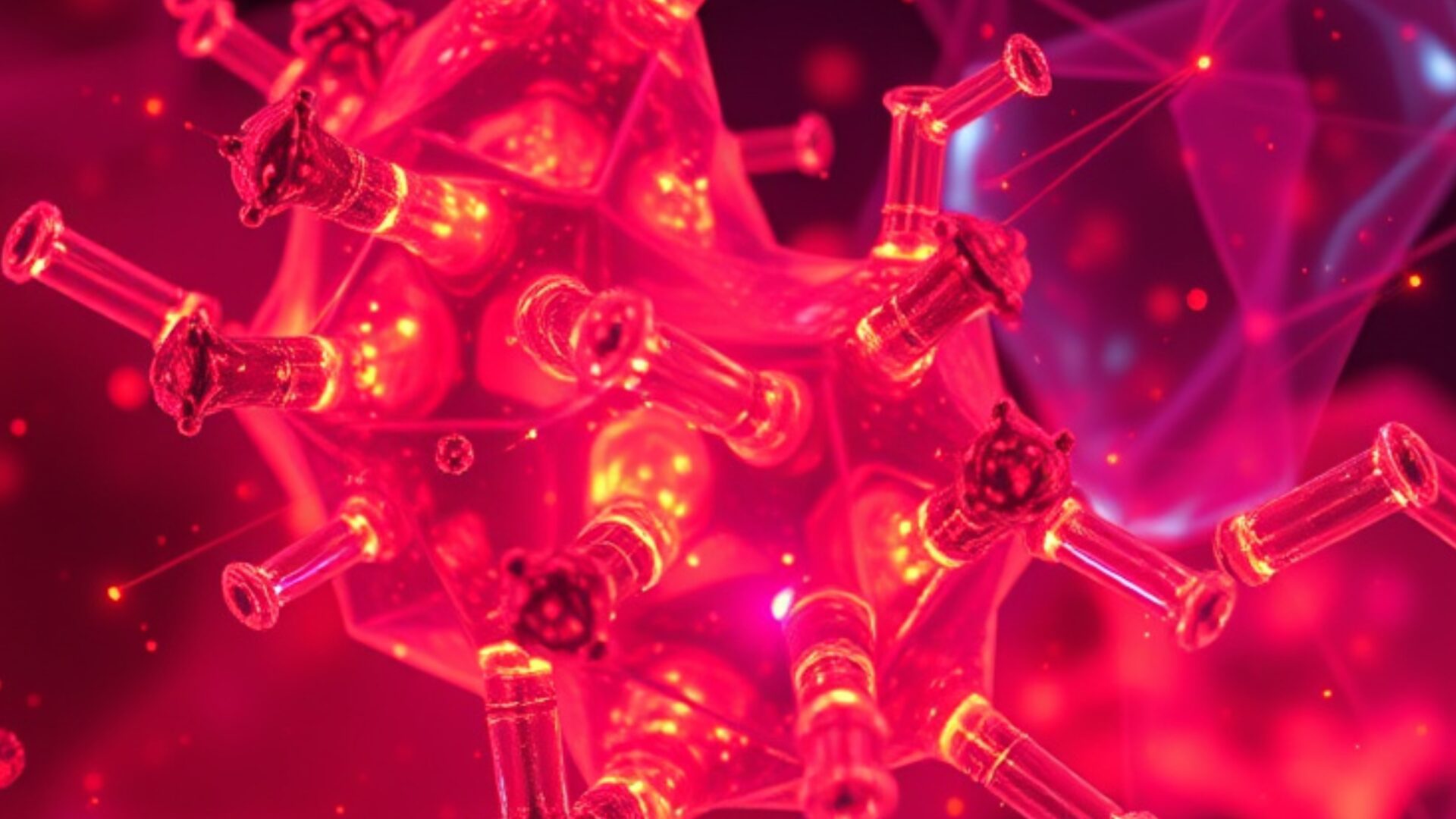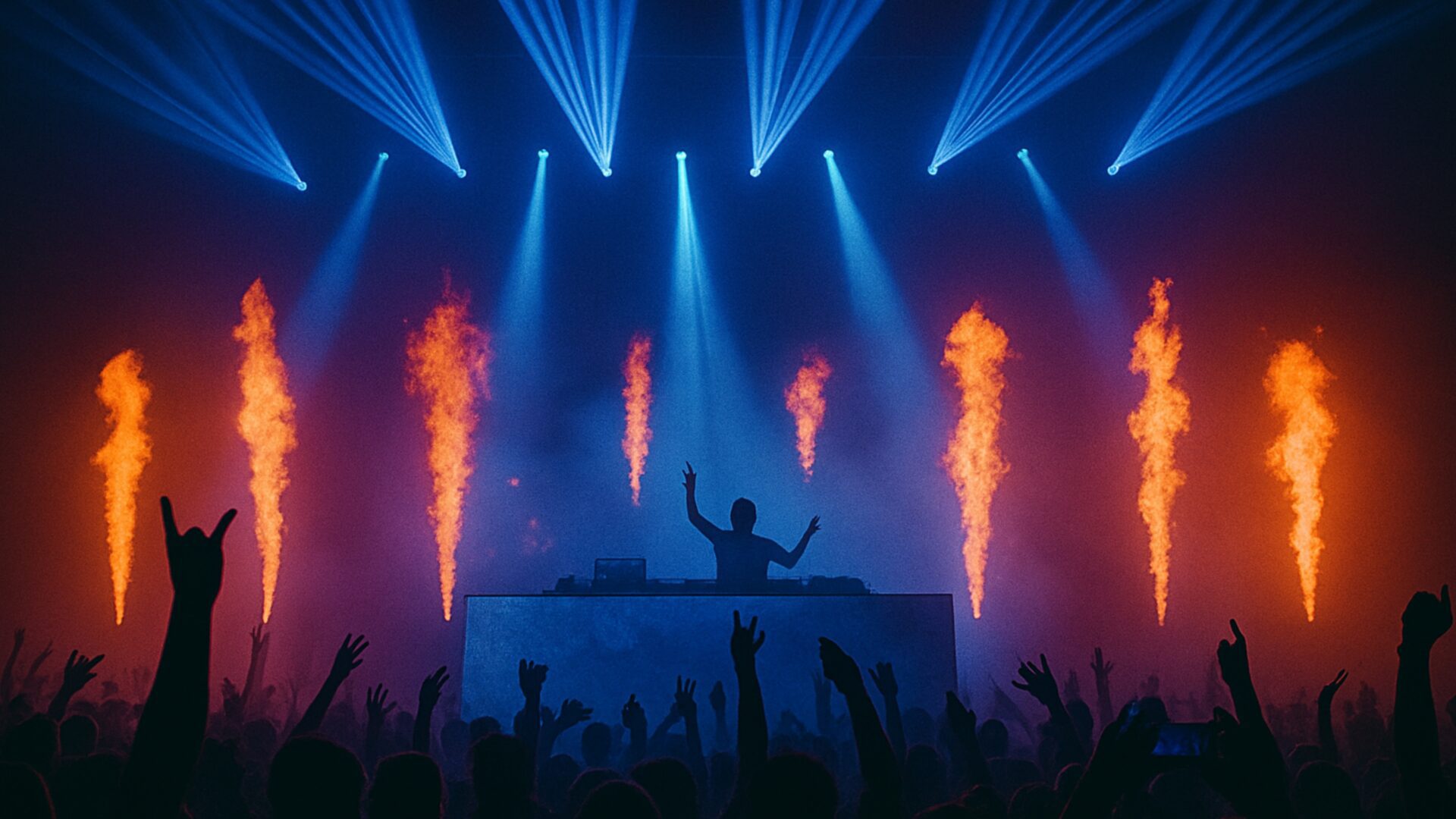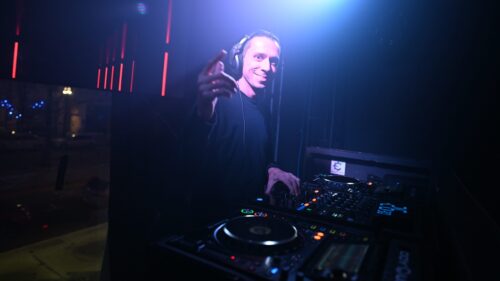In the world of electronic dance music, few moments are as anticipated and emotionally charged as the drop. It’s the peak, the release, the instant when everything explodes after a prolonged build-up. From massive festival main stages to dimly lit underground clubs, the drop is the heartbeat of the experience. But what is it about this moment that makes it so unforgettable? The answer lies in a complex mix of musical structure, brain chemistry, and emotional context.
The Build-Up and Anticipation
At its core, a drop is about tension and release. The build-up phase in EDM tracks is designed to stretch anticipation to its limits, often using rising tempos, intensifying synths, filter sweeps, and rhythmic shifts. This escalating tension activates the brain’s prediction systems, engaging listeners and heightening focus. The human brain loves patterns but also craves surprise. The longer the tension builds, the more primed we are for a resolution—and when it hits, the emotional payoff is amplified.
This cycle of build and release mirrors natural rhythms in human psychology. Think of it as a microcosmic version of suspense in storytelling or the punchline in comedy. When the drop finally lands, it feels earned, and that makes it stick.
Dopamine and the Euphoria Response
One of the most significant factors behind a memorable drop is its ability to trigger a neurochemical reaction, particularly the release of dopamine. Often referred to as the brain’s “feel-good” chemical, dopamine surges during moments of pleasure, reward, and excitement. Research has shown that when people listen to music they enjoy, especially moments of peak intensity like a drop, their brains light up in regions associated with emotional processing and reward.
Interestingly, the dopamine response can begin even before the drop occurs. The anticipation itself—the rising tension, the pause just before impact—starts the reward process. Then, when the drop finally lands, the flood of dopamine heightens the emotional imprint, making that moment more likely to be remembered.

Contrast Is Everything
A powerful drop doesn’t exist in isolation; it thrives on contrast. A soft, melodic break that plunges into a gritty, aggressive bassline, or a quiet moment that explodes into high-energy chaos, creates a stark juxtaposition that grabs attention. The greater the contrast between the build-up and the drop, the more intense the listener’s response.
This contrast doesn’t have to be about volume alone. It can be about tempo, key changes, frequency spectrum, or even rhythm. A well-designed drop takes the elements introduced during the build-up and flips them, twists them, or magnifies them, creating a feeling of both surprise and satisfaction.
Memory and Repetition
Another psychological element that plays into drop memorability is pattern recognition and memory encoding. Our brains are wired to latch onto repeated motifs, and many memorable EDM tracks use a signature synth, vocal chop, or rhythmic pattern that recurs throughout the song. When that motif is teased during the build-up and then fully realized in the drop, it strengthens the brain’s associative links.
This is why certain drops become anthems—not just because they sound good, but because they are structured in a way that the brain finds easy to remember and emotionally rewarding to revisit. Repetition also aids in communal recognition. When thousands of fans hear a familiar drop at a festival, the shared memory heightens the collective euphoria.
Environmental and Emotional Context
A drop isn’t just about audio design—it’s deeply influenced by the context in which it’s experienced. The same track can feel radically different in a quiet room versus on a massive sound system surrounded by thousands of dancing bodies. Lighting, visuals, crowd energy, and even physical sensations like bass vibrations all contribute to how a drop is perceived.
Emotionally, memorable drops often become attached to personal or collective experiences: a night out with friends, a breakthrough moment on the dance floor, or a shared experience at a live set. These emotional associations cement the drop in memory, giving it a power that transcends sound.

Craftsmanship and Innovation
Finally, a drop becomes memorable when it showcases craftsmanship and originality. Whether it’s a never-before-heard sound design, an unconventional rhythm, or an unexpected silence before impact, innovation catches the brain off guard in the best possible way. Listeners remember the drops that defy expectations and create something distinct.
Producers who understand the psychological mechanics of anticipation, surprise, and reward can manipulate these elements to craft drops that not only move crowds physically but linger in their minds long after the night is over.
The Takeaway
What makes a drop memorable isn’t just its volume or intensity, but how it plays with the brain’s natural tendencies toward prediction, pattern recognition, and emotional response. By understanding the psychological underpinnings of euphoria, EDM producers tap into something deeply human: the desire for release, connection, and transcendence through sound.
In the end, the best drops don’t just shake the room—they resonate in our memories, echoing long after the last beat fades.
UFO Network brings you music news daily! See more news here









